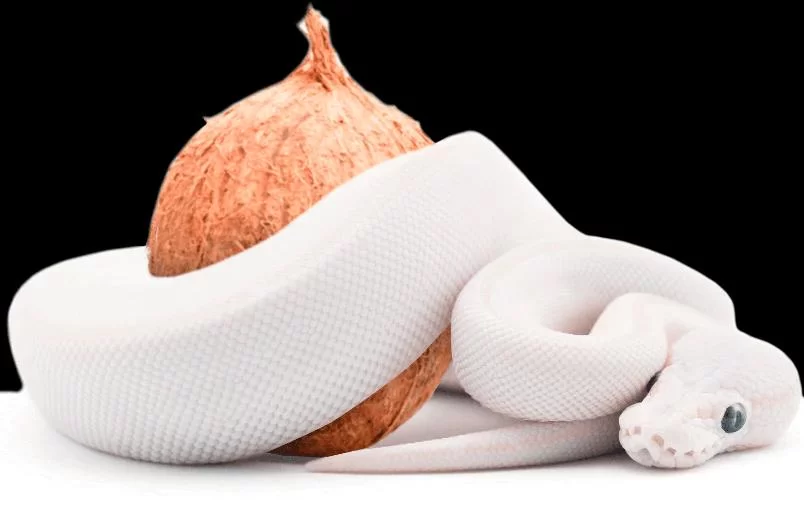- importance-of-bedding-for-pet-snakes-and-reptiles
- types-of-bedding-for-pet-snakes-and-reptiles
- how-to-choose-the-best-bedding-for-your-pet-snake-or-reptile
- care-tips-and-common-mistakes-with-reptile-bedding
- where-to-find-quality-bedding-products-for-reptiles
1. Why Bedding Matters for Pet Snakes and Reptiles
Choosing the right bedding for pet snakes and reptiles is fundamental to their health and wellbeing. Bedding, also known as substrate, forms the base of your pet's habitat and plays several crucial roles. It helps regulate humidity, provides a comfortable and naturalistic environment, and supports the animal's natural behaviors such as burrowing or shedding.
Many reptile owners underestimate the impact of substrate choice. For instance, incorrect bedding can lead to respiratory issues, skin infections, or stress-related behaviors in snakes and other reptiles. Therefore, understanding how to pick the best bedding for pet snakes and reptiles is a vital step toward responsible pet care.
In one case, a ball python owner noticed frequent shedding problems and lethargy in her snake. After switching to a more suitable bedding that better retained moisture and was less abrasive, the snake’s health significantly improved. This illustrates the direct effect substrate can have on a reptile's wellbeing.

5650 State Rte (Route) 100 E, Town Center Blvd, Palm Coast, FL 32137, USA
See Details2. Exploring the Various Types of Bedding for Pet Snakes and Reptiles
There is a wide range of substrate options on the market, each with its pros and cons. Selecting the best bedding for pet snakes and reptiles depends heavily on the species' natural habitat and specific needs.
2.1 Aspen Shavings
Aspen is a popular choice because it is absorbent, easy to clean, and safe for many snake species. It does not hold moisture too long, reducing mold risk, which is important for desert-dwelling reptiles.
2.2 Coconut Fiber (Coir)
This substrate mimics tropical environments well by retaining moisture, making it excellent for reptiles and snakes that thrive in humid conditions. However, it can mold if overwatered, so careful monitoring is needed.
2.3 Cypress Mulch
Cypress mulch provides good moisture retention and a natural look. It's often favored for reptiles requiring higher humidity, such as crested geckos or green tree pythons.
2.4 Reptile Carpet and Paper Towels
For those preferring easy-to-clean options, reptile carpet or paper towels can work well. They reduce the risk of impaction but lack the natural feel and humidity control of organic substrates.
2.5 Other Specialized Substrates
Sand, soil mixes, and bark chips might be suitable for some species but must be chosen carefully due to risks like ingestion or allergies.
3. How to Choose the Best Bedding for Your Pet Snake or Reptile
Choosing the right substrate involves more than picking what looks appealing. Here are the key factors to consider:
3.1 Understand Your Pet’s Natural Habitat
Research the native environment of your pet species. Desert snakes like corn snakes prefer dry, loose bedding like aspen, while tropical species thrive with moisture-retentive substrates.
3.2 Consider Moisture and Humidity Needs
Substrate choice should help maintain the correct humidity levels. For example, ball pythons need moderate humidity, so coconut fiber or cypress mulch can be beneficial.
3.3 Evaluate Safety and Cleanliness
Avoid substrates with sharp edges or that easily cause ingestion blockages. The substrate should be free from pesticides or additives and easy to replace to maintain hygiene.
3.4 Observe Your Pet’s Behavior
Some snakes and reptiles burrow or hide in their bedding. Choosing a substrate that supports these behaviors can reduce stress and improve overall health.
4. Proper Care and Common Mistakes to Avoid
Even the best bedding can cause problems if not cared for properly. Here are some professional tips to keep your reptile habitat clean and safe:
4.1 Regular Spot Cleaning
Remove waste and soiled bedding frequently to prevent bacteria build-up and odors.
4.2 Full Substrate Changes
Depending on the bedding type and enclosure size, a full substrate change every 1–3 months is recommended.
4.3 Avoid Overwatering
Too much moisture in the bedding can cause mold growth and respiratory problems, especially in species that require drier environments.
4.4 Monitor for Allergies or Reactions
Some reptiles may develop sensitivity to certain bedding materials. Watch for changes in behavior or skin condition and adjust accordingly.
5. Where to Find Quality Bedding Products for Reptiles and Snakes
Finding reliable bedding products is as important as choosing the right type. Hidden Brook Veterinary offers a curated selection of premium reptile substrates suited for a variety of species and climates. Their expert staff can also provide tailored advice to ensure your pet's habitat is optimized for health and comfort.
Whether you need advice on substrate changes or want recommendations for a complete habitat setup, Hidden Brook Veterinary is a trustworthy resource to support responsible reptile ownership.











